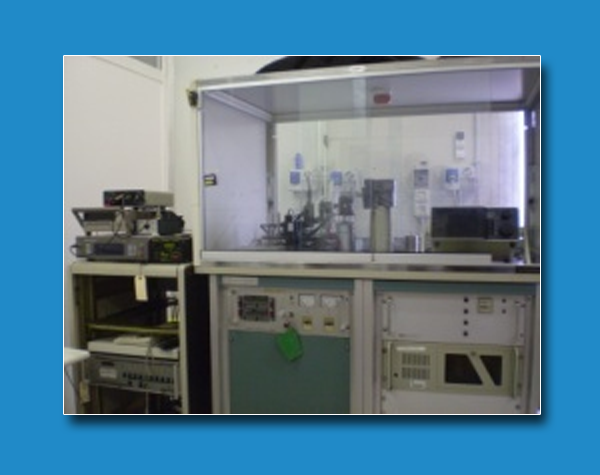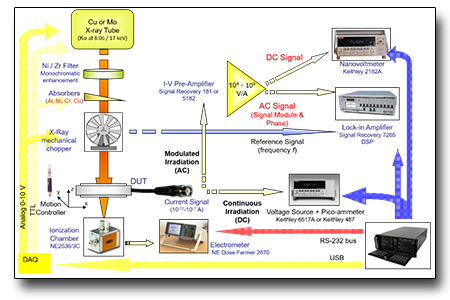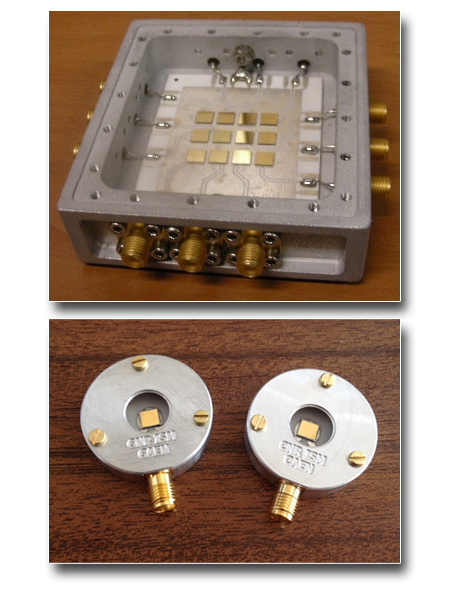

TECHNICAL SPECIFICATIONS
-
Mo or Cu tubes;
-
Accelerating voltage up to 60 kV, current up to 60 mA, max 3 kW;
-
Continuous wave or modulated operations;
-
modulation frequency up to 800 Hz;
-
microfocused beam for mapping with 0.1 mm resolution;
-
3-axes + rotation stages
-
Completely automated operations
SAMPLES
- maximum size: 50x50mm2
USE FOR
- wide bandgap semiconductors;
- perovskites;
- detectors;
- dosimeters;
- photovoltaic cells
CASE STUDIES
Development of diamond dosimeters for ionizing radiation and neutron detectors.
The activity of developing and characterizing the response of radiation-hard, sensitive, and tissue equivalent detectors made of synthetic diamond is a plurennial activity of DiaTHEMA Lab.
The main reference manuscripts are:
D.M. Trucchi, P. Allegrini, P. Calvani, A. Galbiati, K. Oliver, and G. Conte, Very Fast and Priming-less Single-Crystal Diamond X-ray Dosimeters, IEEE Electron Device Letters, 33 (2012) 615-617.
A. Bellucci, S. Orlando, D. Caputo, E. Cappelli, and D.M. Trucchi, Dosimetric Performance of Single-Crystal Diamond X-ray Schottky Photodiodes, IEEE Electron Device Letters 35 (2013) 695-697
M. Girolami, A. Bellucci, P. Calvani, C. Cazzaniga, M. Rebai, D. Rigamonti, M. Tardocchi, M. Pillon and D.M. Trucchi, Mosaic diamond detectors for fast neutrons and large ionizing radiation fields, Physica Status Solidi A 212 (2015) 2424–2430.


 English (UK)
English (UK)  Italiano (Italia)
Italiano (Italia)